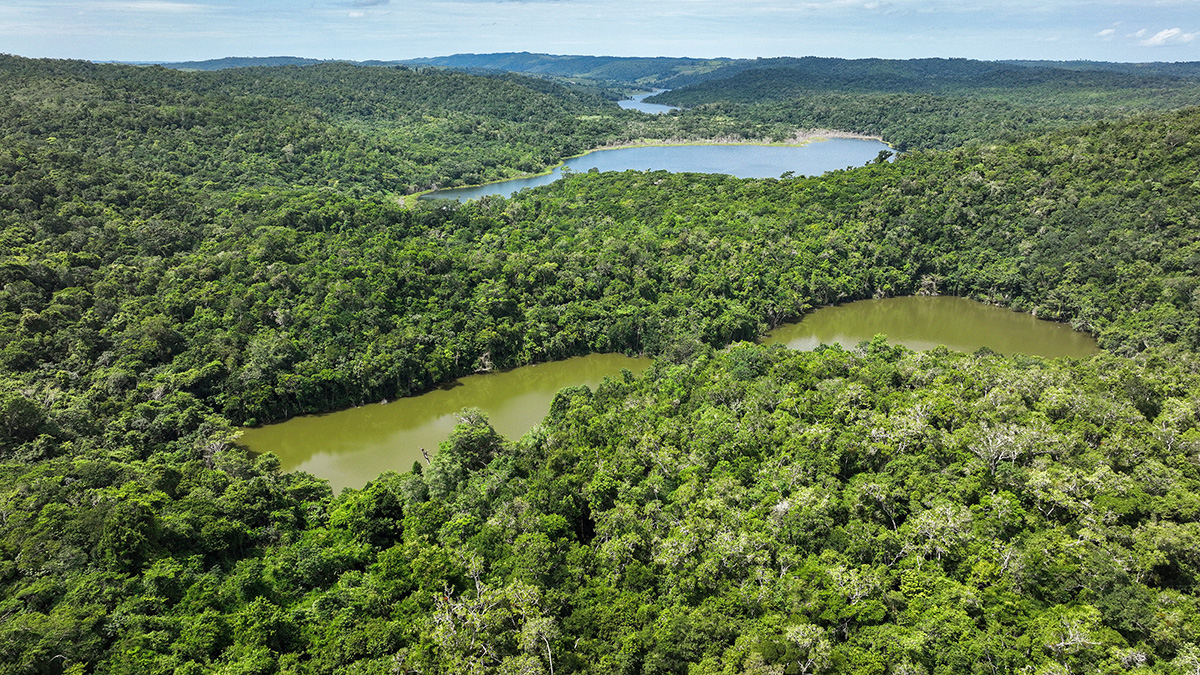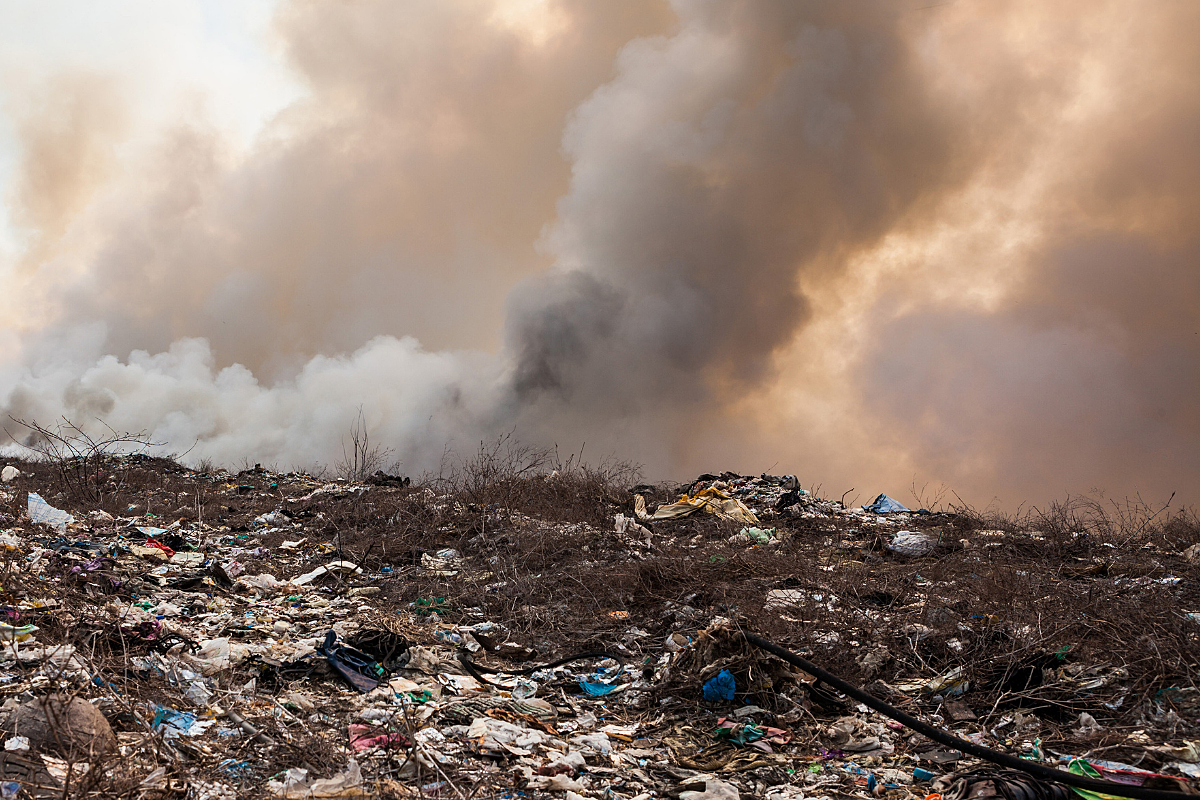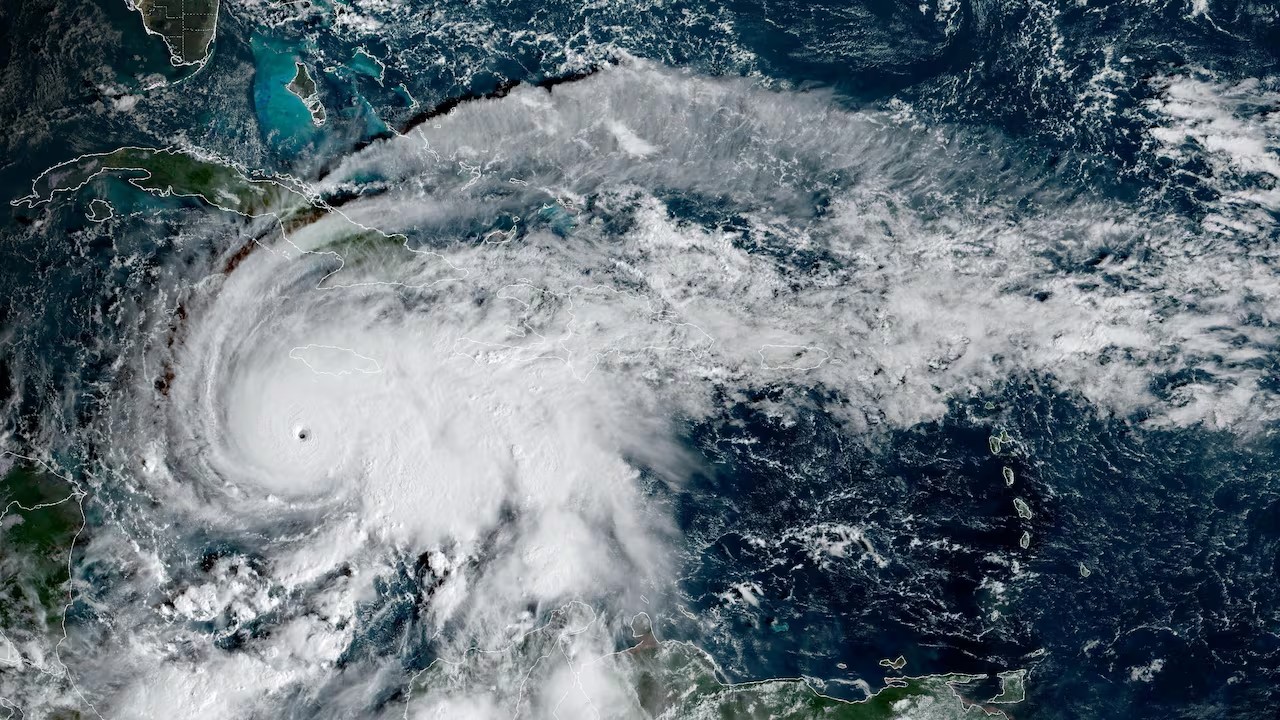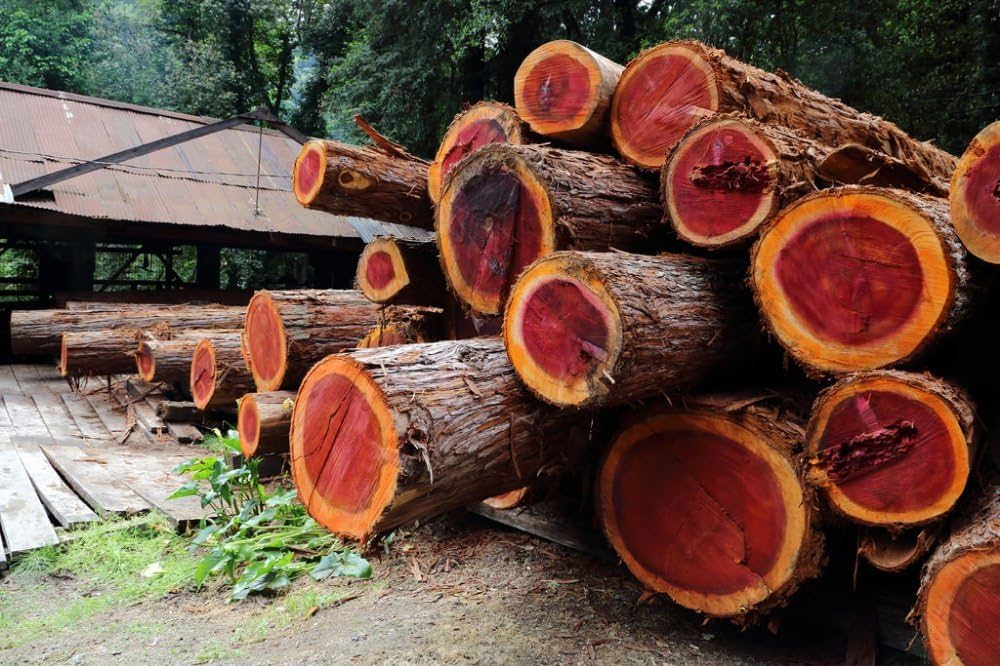- These natural systems play a crucial role in regulating our planet's climate by sequestering significant amounts of carbon.
Nature's carbon sinks are instrumental in mitigating climate change as they actively absorb and store carbon dioxide from the atmosphere.
These natural systems play a crucial role in regulating our planet's climate by sequestering significant amounts of carbon.
Here are some examples of nature's carbon sinks:
1. Forests
Forests are one of the largest and most important carbon sinks on Earth. Through the process of photosynthesis, trees absorb carbon dioxide from the atmosphere and store it in their trunks, branches, leaves, and roots. Old-growth forests, in particular, can store significant amounts of carbon for centuries.
Read More
2. Oceans
The world's oceans play a crucial role in carbon sequestration. They absorb about 25% of the carbon dioxide emitted by human activities. The carbon is dissolved in the seawater and can remain stored for long periods.
Additionally, marine plants like phytoplankton also capture carbon through photosynthesis.
3. Wetlands
Wetlands, such as marshes, swamps, and bogs, are highly effective carbon sinks. They store large amounts of organic carbon in their soils, which accumulate over thousands of years.
Wetlands also help prevent the release of stored carbon by reducing soil erosion and preventing the decay of organic matter.
4. Grasslands
Grasslands, including savannas and prairies, store carbon in their extensive root systems. The deep roots of grasses can reach down into the soil, where organic matter accumulates over time, sequestering carbon. Proper management and conservation of grasslands can enhance their carbon storage capacity.
5. Peatlands
Peatlands, which include bogs and fens, are wetland ecosystems characterized by the accumulation of partially decayed plant material. They store significant amounts of carbon in the form of peat, which can be many meters thick.
Peatlands are important carbon sinks and should be protected to prevent the release of stored carbon.
6. Mangroves
Mangrove forests, found in coastal areas, are highly efficient carbon sinks. They store large amounts of carbon both in their above-ground biomass and in the soil beneath them. Mangroves also provide additional benefits, such as protecting coastlines from erosion and providing habitat for various species.
7. Seagrass meadows
Seagrasses, found in shallow coastal waters, are another important carbon sink. They capture and store carbon dioxide in their leaves and stems and can continue to accumulate carbon over long periods.
Seagrass meadows also contribute to coastal ecosystem health and provide habitat for marine organisms.
These are just a few examples of nature's carbon sinks. It's important to protect and restore these ecosystems to maximize their carbon sequestration potential and mitigate the impacts of climate change.







